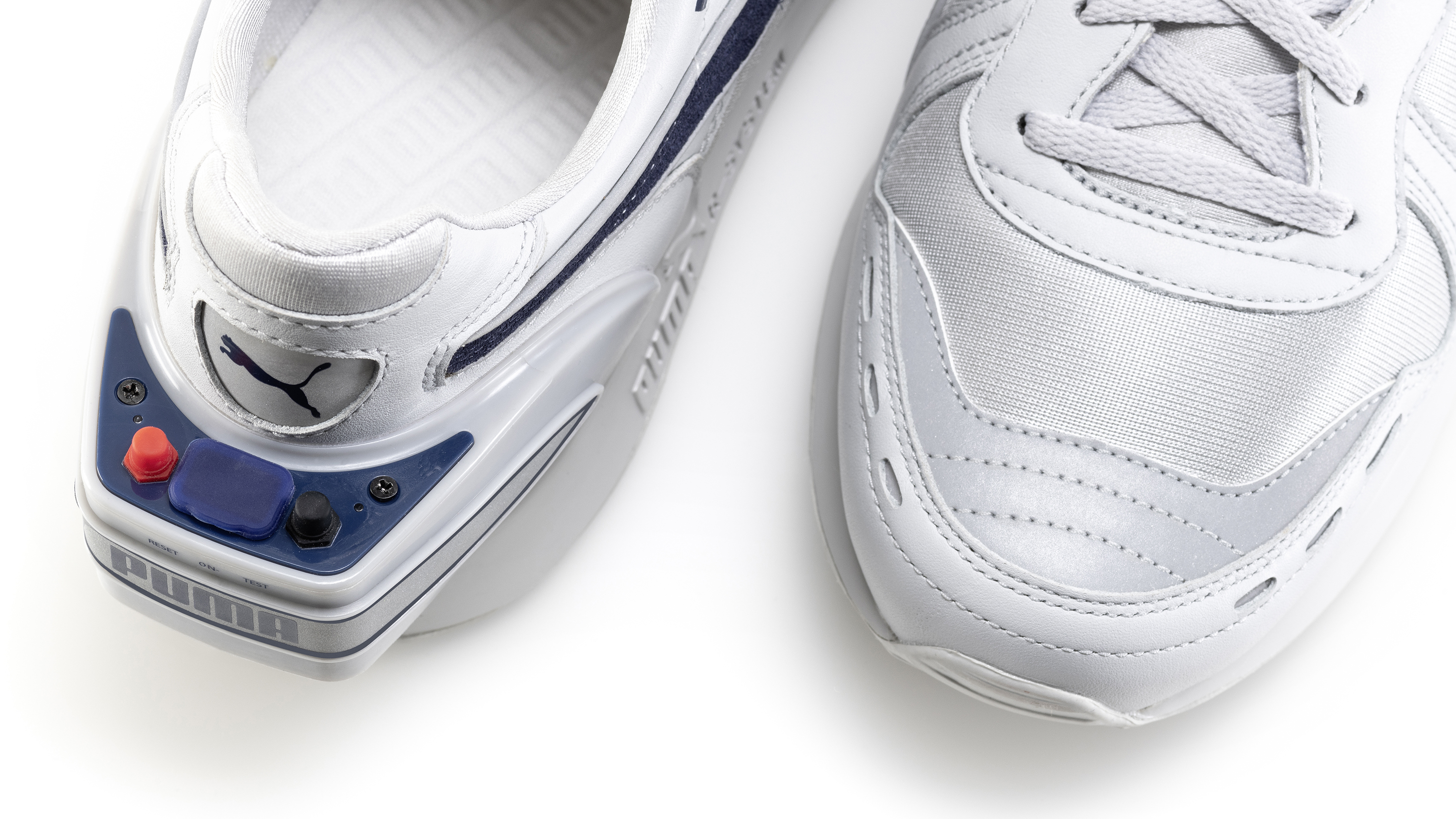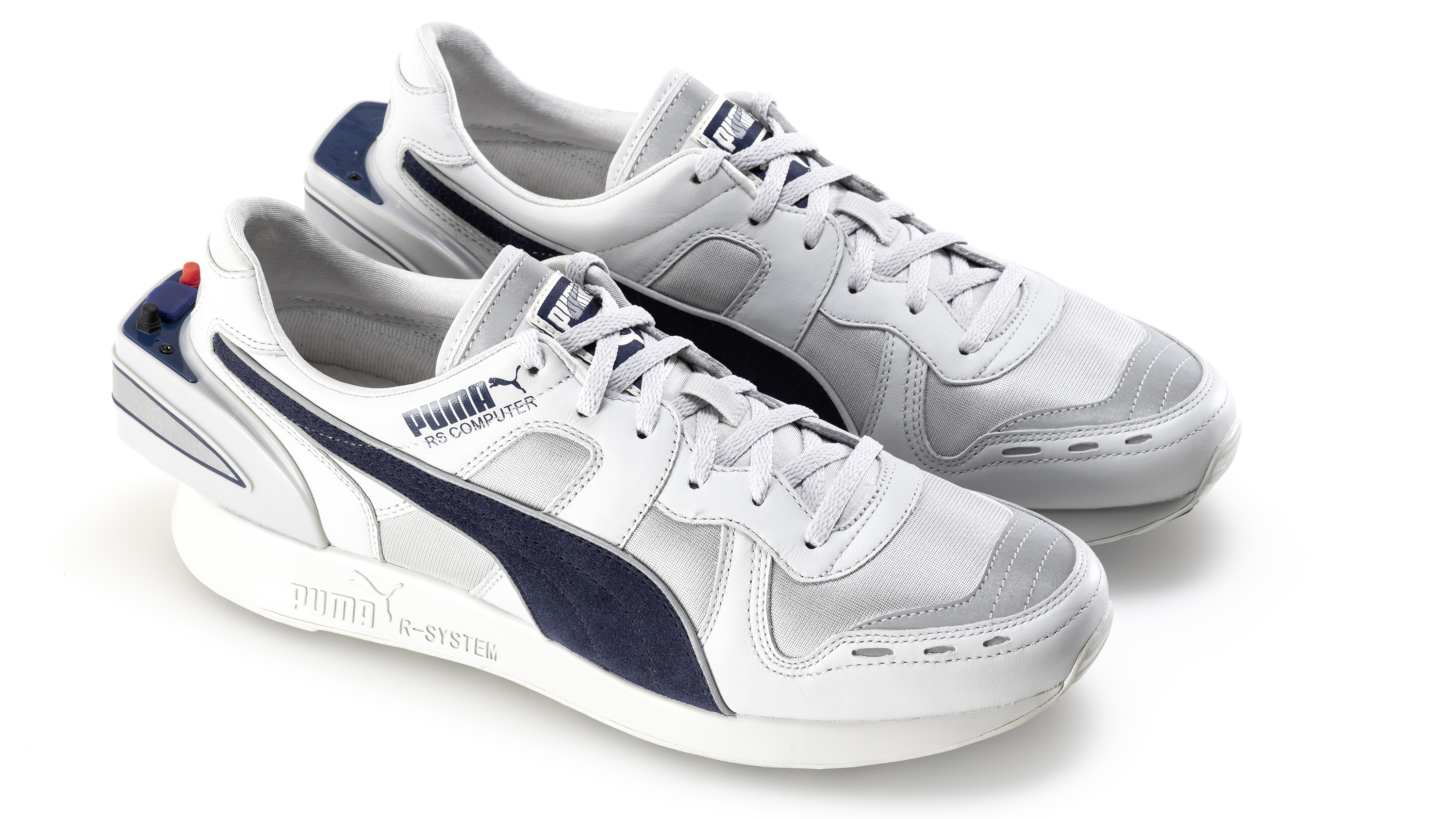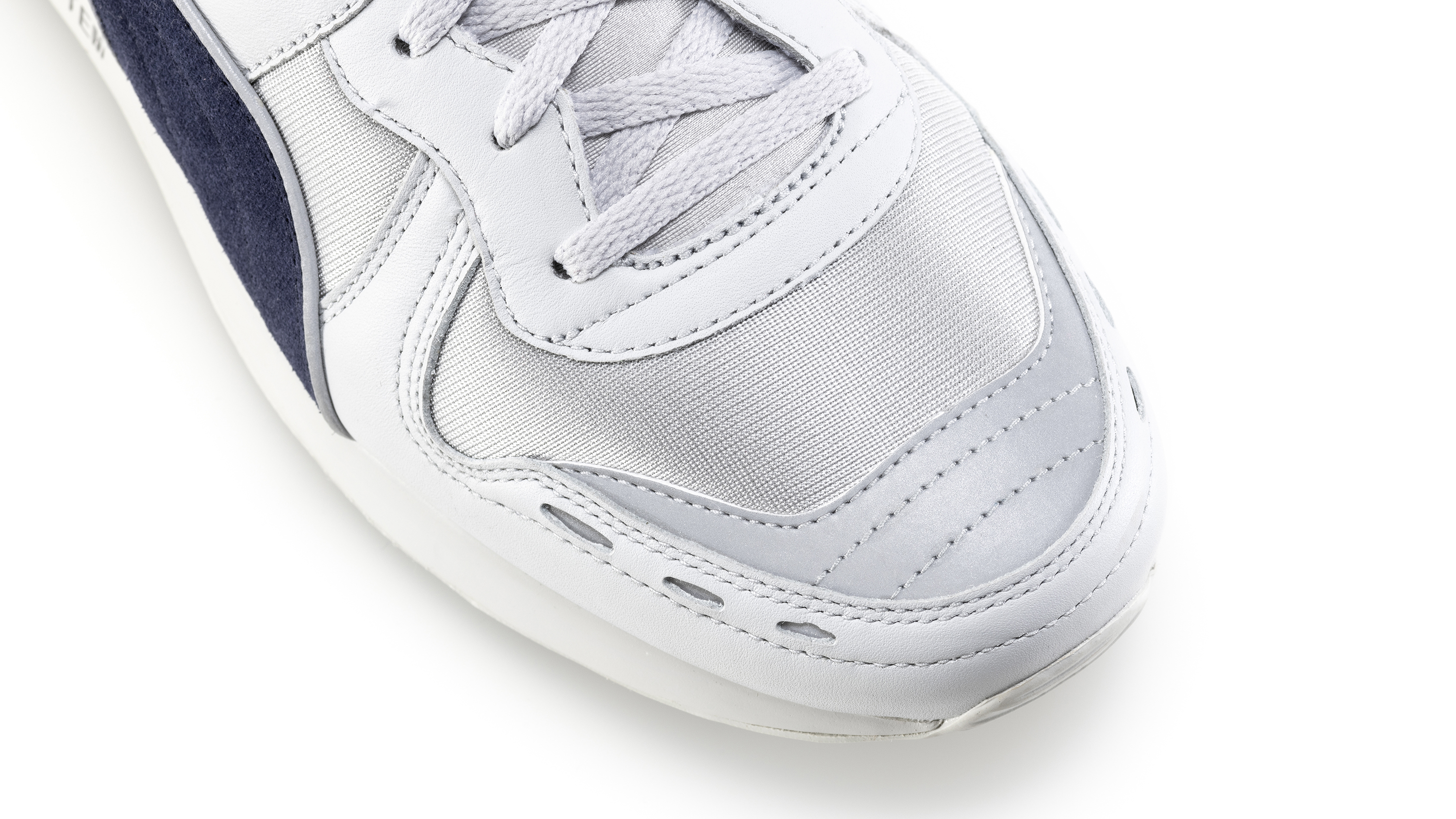Puma reissues the RS-Computer Shoe, with a modern twist
First released 30 years ago, it's basically the original Fitbit


You may or may not remember when Puma first introduced a smart sneaker to the market in 1986, but there's no doubt the design was ahead of its time.
The RS-Computer shoe was the first to bring sophisticated electronic hardware and software into the sports experience. It was basically the original Fitbit, or Garmin running watch.
Now Puma is re-issuing the iconic sneak, with upgraded tech in the famed iconic design.
- These are the best sneakers
- More into fitness? These are the best running shoes
- Check out the best fitness trackers
In 1986 the RS-Computer running shoe was considered extremely advanced for its time, and, according to Puma "revolutionised the way runners trained".
The original RS had a custom-designed computer chip built, not-so-subtly into the heel that automatically recorded the time, distance and calories expended.
It could communicate the results once connected to any Apple IIE, Commodore 64 using a 16-pin cord.
This gave runners the ability to compare past runs with future goals, learning and understanding how to become faster, more efficient, and competitive.
Get all the latest news, reviews, deals and buying guides on gorgeous tech, home and active products from the T3 experts
Material-wise, the OG RS-Computer is decked in a textile and leather upper, padded collar, Multiplex Four midsole technology, a rubber outsole and a unique, extended TPU heel that housed the computer chip.
Check out the design below:








The 2018 re-issue has new technology but replicates the original experience.
First of all, you no longer need a cable to plug your shoe into a computer. Instead it's fitted with Bluetooth, and can be paired with a dedicated RS-Computer Shoe app (available on the App Store and Google Play) complete with 8-bit graphics.
Here are all the features of the new shoe:
- Sensors: Each shoe is equipped with a miniature 3-axis accelerometer, which is used to measure the number of steps taken, distance traveled and calories burned.
- Wireless Technology: The RS Computer Shoe has a Bluetooth 4.0 radio transceiver and can be connected to an Android or iOS mobile phone. Once the Bluetooth is turned on, the shoe records and delivers data to the RS Computer Shoe app.
- Memory: The shoe can record for 30 days worth of data. Every new month is a fresh start. Throughout the month the runner can access all the stored data in a Monthly Statistics tab.
- Keys and LED Light Indicators: There are two keys, Key 1 (Red/Red LED) and Key 2 (Black/Green LED). KEY 1 is used to show daily step target status, which can be set in the RS Computer App while KEY 2 shows battery status.
- Rechargeable Battery: The RS Computer Shoe has an on-board rechargeable lithium-polymer battery. The battery can be recharged using the USB cable provided with the shoes.
The new RS-Computer retains the original Lunar Rock – Limestone – Peacoat colorway and design.
Interested in snagging a pair? You'll have to be incredibly lucky – only 86 pairs will be available globally. Each pair has a number that appears on a woven label inside the tongue.
The new RS-Computer will be sold at Kith, PUMA Stores in Berlin; Harajuku, Tokyo and Carnaby Street, London on December 13th, they'll cost €650.

As the Style and Travel Editor at T3, Spencer covers everything from clothes to cars and watches to hotels. Everything that's cool, stylish, and interesting, basically. He's been a part of T3 for over seven years, and in that time covered every industry event known to man, from CES and MWC to the Geneva Motorshow and Baselworld. When he's driving up and down the country in search of the greatest driving roads, he can be found messing around on an electric scooter, playing with luxury watches, or testing the latest fragrances.